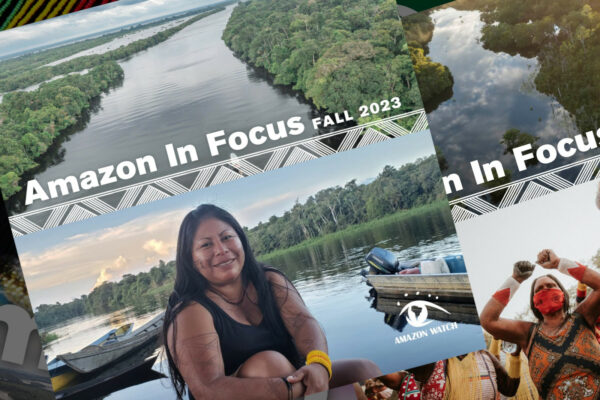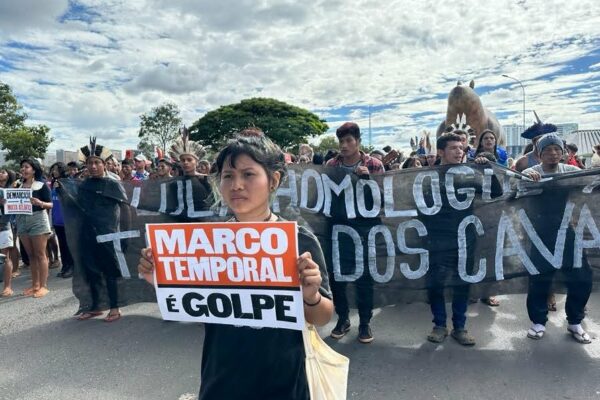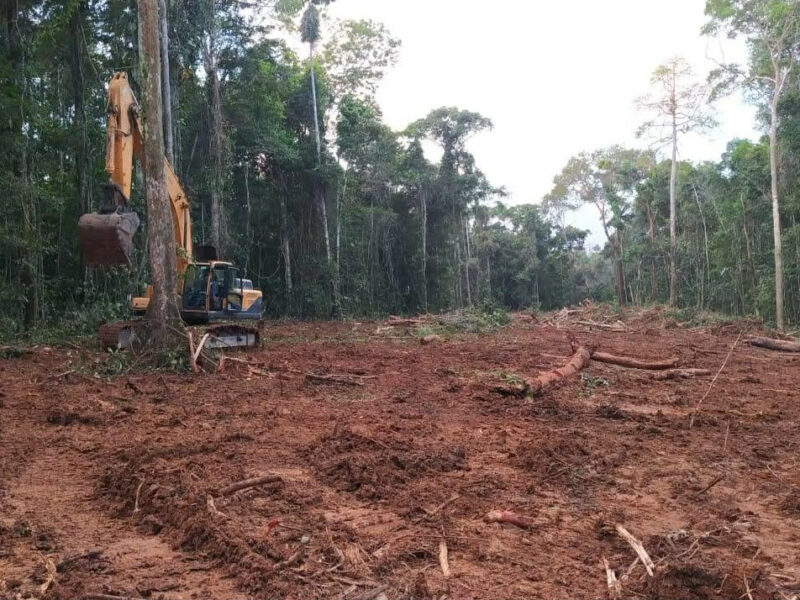The Ishpingo, Tambococha, Tiputini oil fields are Ecuador’s largest. According to estimates, they could yield up to 900 million barrels of heavy crude. But in a cruel twist of geologic fate, they happen to lie beneath one of the most biodiverse places on the planet – Yasuni National Park in the Ecuadorian Amazon.
Covering nearly 2.5 million acres of primary tropical rainforest, Yasuni is the ancestral territory of the Huaorani people, as well as two other indigenous tribes living in voluntary isolation, the Tagaeri and the Taromenane. Yasuni is an area of extreme biodiversity, containing what are thought to be the greatest variety of tree and insect species anywhere on the planet. In just 2.5 acres, there are as many tree species as in all of the U.S. and Canada combined. It was named a UNESCO Biosphere Reserve in 1989.
In 2007, Ecuador’s President Correa launched the Yasuni-ITT initiative, seeking international financial contributions equaling half of the country’s forgone revenues if the government left Yasuni’s oil reserve untouched. The proposal seeks to strike a balance between protecting the park and its indigenous inhabitants, while still generating some revenue for Ecuador, a country dependent on oil for 60 percent of its exports. The plan would also keep an estimated 410 million tons of CO2 – the major greenhouse gas driving climate change – from reaching the atmosphere.
The landmark proposal was a tumultuous three years in the making. From the outset, the government insisted on a one-year deadline to raise close to $4.5 billion, which was viewed as impossible by potential donors. Political turnover was rampant. A series of contradictory policies issued by President Correa, along with missteps and poor messaging further eroded the proposal’s credibility. But Ecuador’s civil society organizations, Amazon Watch, and the Huaorani themselves, kept the proposal alive by pressuring the government and continuing to increase the proposals popularity nationally and internationally.
On August 4, 2010, the Ecuadorian government signed a Memorandum of Understanding (MOU) with the United Nations Development Program (UNDP) to open an international trust fund to receive donations from collaborating countries. Although there is cause for celebration, some of Ecuador’s indigenous groups are concerned by the Correa administration’s recent announcement to open up areas of Ecuador’s roadless, pristine southeastern Amazon region.
“We don’t want Correa to offset his lost income from leaving the ITT oil in the ground by opening up other areas of equally pristine indigenous lands,” said German Freire, President of the Achuar indigenous people who have land title to almost two million acres of intact rainforest, all of which would be opened to new drilling.
The Yasuni-ITT initiative is a big idea from a small country. It has inspired civil society, indigenous communities, and other country governments to begin a dialogue about specific places where oil drilling should never occur. It has exposed the reality that countries with a GDP dependent on oil exports have little option to turn off the taps when facing a $14 billion external debt. The precedent and potential of the proposal go far beyond Ecuador’s borders, and illustrate that the path to a post-petroleum future is possible, necessary, and imminent.
The MOU with UNDP is a long sought after step to protect Yasuni National Park. Now we need more countries to contribute, and for President Correa to keep his word.













